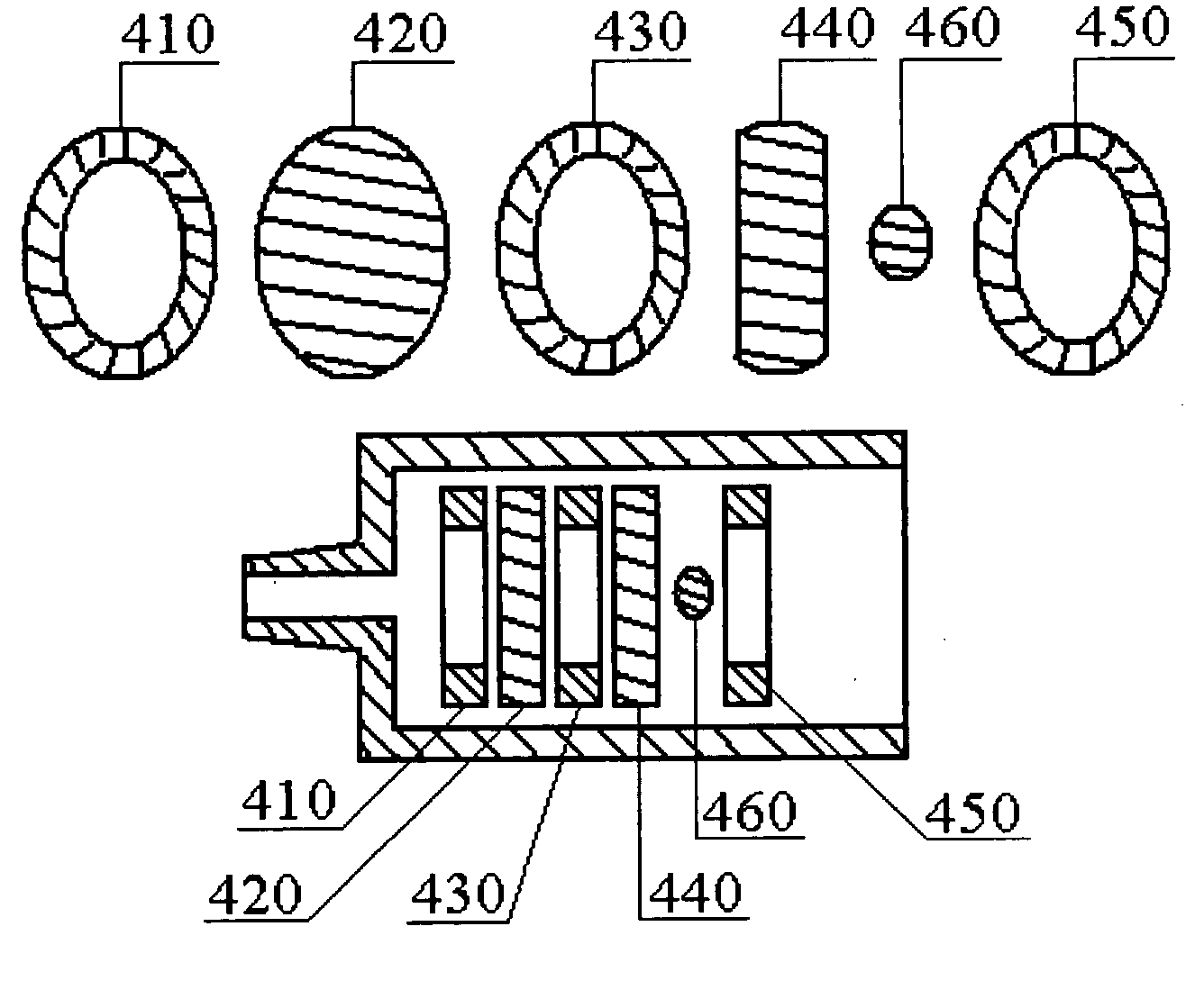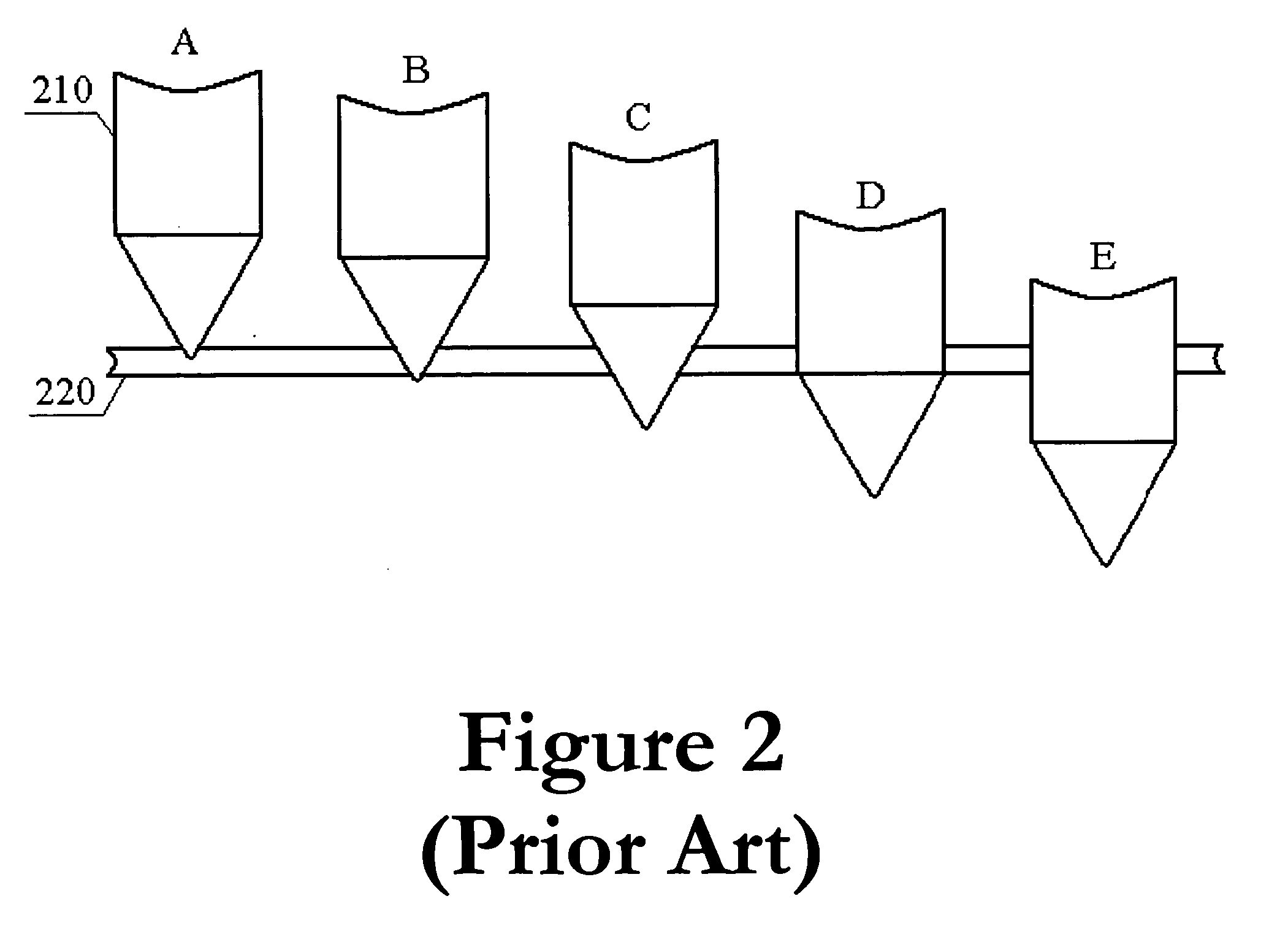Safety penetrating method and apparatus into body cavities, organs, or potential spaces
a safe and effective technology, applied in the field of medical methods and devices, can solve the problems of increasing the risk of penetration into adjacent tissue or organs, no apparent improvement in damage to either deep vessels or viscera, and control of the cavity or space entrance, so as to reduce the risk of adjacent tissue or organ injuries, the penetration danger is doubly reduced.
- Summary
- Abstract
- Description
- Claims
- Application Information
AI Technical Summary
Benefits of technology
Problems solved by technology
Method used
Image
Examples
Embodiment Construction
[0054]FIG. 1 is a block diagram illustrating the major components of the preferred embodiment of the present invention. In recognition of acceleration expression, an acceleration sensor may by employed to measure or just detect this sudden lack of resistance sign in a more accurate and reliable way instead of practitioners' subjective feeling. The basic elements of the present invention are illustrated in FIG. 1, which is understandable to people with general electronics background. An acceleration sensor (i.e., accelerometer) 110 coupled to the penetrating instrument (e.g., trocar or the like) may transform the physical variable ‘resistance change’ into an electronic signal that is then processed in the electronic circuits 120, and finally triggers an audible / visible alarm 140 and / or feeds an actuating mechanism 130 to control movement of the penetrating instrument.
[0055] There are many types of penetrating instruments for different specialty applications. To apply the present inv...
PUM
 Login to View More
Login to View More Abstract
Description
Claims
Application Information
 Login to View More
Login to View More - R&D
- Intellectual Property
- Life Sciences
- Materials
- Tech Scout
- Unparalleled Data Quality
- Higher Quality Content
- 60% Fewer Hallucinations
Browse by: Latest US Patents, China's latest patents, Technical Efficacy Thesaurus, Application Domain, Technology Topic, Popular Technical Reports.
© 2025 PatSnap. All rights reserved.Legal|Privacy policy|Modern Slavery Act Transparency Statement|Sitemap|About US| Contact US: help@patsnap.com



